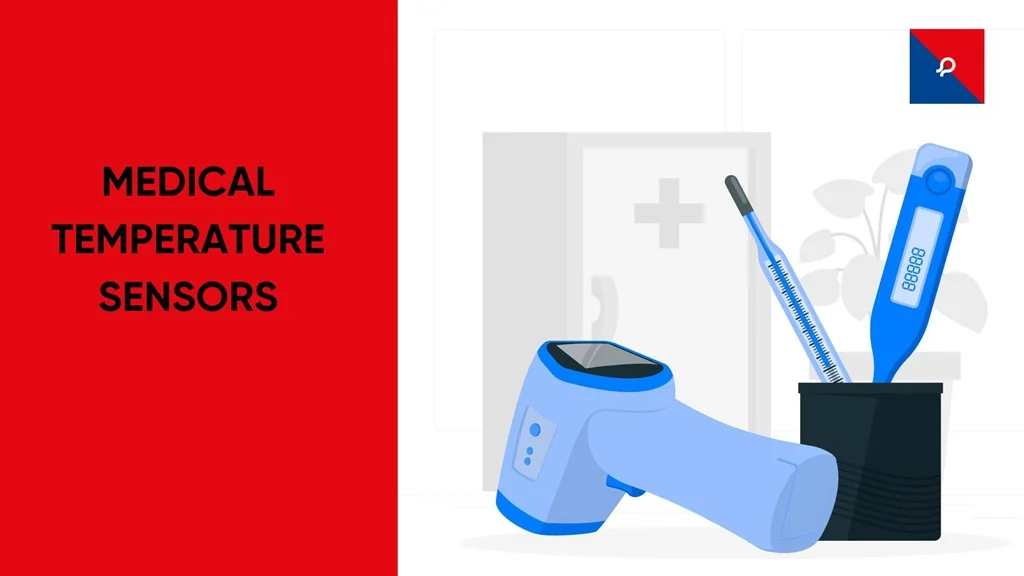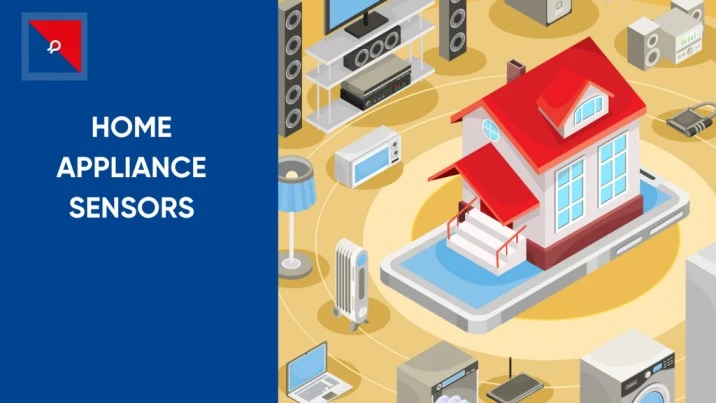
Tiny Tech, Big Impact: Inside the World of Medical Temperature Sensors
Tiny Tech, Big Impact: Inside the World of Medical Temperature Sensors

When we hear the term "health sensors," our brains may immediately go to trendy wearables that track our steps or smartwatches that keep tabs on our heart rate when we're sitting on the couch pretending we're going to the gym tomorrow." But one tiny but powerful player in the health-tech space needs a standing ovation: medical temperature sensors.
Whether you’re running a fever, undergoing surgery, or being monitored in the ICU, these tiny temperature sensor medical devices quietly monitor one of the body’s most vital metrics: your temperature.
Let’s break it down, shall we?
What Are Medical Temperature Sensors?
Put simply, medical temperature sensors are instruments used to measure body temperature for diagnosis or treatment. Gone are your grandma's mercury thermometers (taking 10 minutes and a lot of impatience); these health sensors are fast, precise, and usually digital. They may be handheld, wearable, implantable, or even part of sophisticated hospital monitoring systems.
Why Is Body Temperature So Important?
Your body is essentially an alive, breathing thermostat. A consistent internal temperature is essential for enzymes and metabolic functions to work properly. A variation, no matter how slight, can be an indication of something major: fever, infection, inflammation, or hypothermia.
Consider medical temperature sensors, your body's warning system. They're the first to be informed when something's amiss, which can prove life-saving, particularly in hospitals, operating rooms, or post-surgery treatment.
Types of Temperature Sensor Medical Devices
Let’s get into the good stuff: the types of sensors and what they do. Spoiler alert: there’s more variety here than a Netflix recommendation list.
Contact Temperature Sensors
These are the “touchy-feely” ones. They need physical contact with the body to measure temperature. Common types include:
- Thermocouples: Fast and durable, used in hospitals for invasive measurements.
- Thermistors: These are super-sensitive and ideal for monitoring slight temperature changes.
- RTDS (Resistance Temperature Detectors): Highly accurate, often used in critical care.
You’ll find these in rectal probes, skin surface monitors, and under-the-tongue thermometers. Yes, the humble “stick under the tongue and wait” thermometer has high-tech cousins now.
Non-Contact Temperature Sensors
These are the introverts of the sensor world; no touching, please!
- Infrared (IR) Sensors: Measure heat radiating off the skin. Used in forehead thermometers and hospital entrance scanners (yes, those pandemic-era gadgets).
Perfect for infants, infectious disease control, or just anyone who doesn’t want a thermometer shoved somewhere uncomfortable.
Wearable Temperature Sensors
Enter the age of smart everything. These health sensors come in the form of patches, wristbands, or even smart insoles. Some can sync with mobile apps and offer real-time temperature tracking. Ideal for patients with chronic illness, women tracking ovulation, or hypochondriacs who like to monitor everything. (No judgment.)
Implantable Temperature Sensors
Not as scary as they sound. These are used in long-term care or experimental treatments where internal body temperature needs to be tracked with high precision. For example, cancer patients undergoing hyperthermia therapy.
How They’re Used in Medicine
- Surgery: Real-time monitoring during procedures.
- ICU: Critical for detecting infections and sepsis early.
- Paediatrics: No-fuss monitoring for restless toddlers.
- Elder Care: Continuous tracking to prevent heatstroke or hypothermia.
- Fertility Tracking: Yes, your basal body temperature has fans in the fertility world.
The Growing Importance of Health Sensors
As the digital health revolution is in full motion, medical devices such as temperature sensors are shifting from hospitals to homes. You can now monitor vital signs with clinical-grade accuracy, all from your ring, patch, or smartwatch.
And guess what? The market does too.
The global medical temperature sensors market is thriving. With increasing wearable technology, remote patient monitoring, and digital health services, the need for smarter, smaller, and more precise sensors is booming.
Indeed, the market for health sensors will experience a robust growth rate up to 2030, experts say. Call it the Fitbit effect, but with additional thermometers and less remorse for skipped steps.
But Wait… What Makes Them “Smart”?
Glad you asked. The new generation of medical temperature sensors isn’t just a thermometer. They’re equipped with:
- Bluetooth connectivity
- Real-time data transmission
- AI-based trend analysis
- Cloud integration for remote diagnostics
So yeah, it’s basically like your thermometer went to med school and got a tech startup job.
Applications Beyond the Clinic
The use of medical temperature sensors isn’t limited to patients already in the healthcare system. They’re now embedded in:
- Wearable fitness trackers
- Smart home healthcare kits
- Pregnancy and fertility monitoring tools
- Remote patient monitoring devices
So whether you’re training for a marathon, planning a family, or just trying to survive flu season without Googling your symptoms every 15 minutes, these sensors have your back.
Challenges (Because Nothing’s Perfect)
Of course, not all is smooth sailing. Here are a few bumps in the road:
- Cost of high-end devices
- Calibration and accuracy in low-cost options
- Data privacy (your temperature is your business!)
- Device fatigue (how many wearables are too many?)
But as tech gets better and cheaper, most of these issues are already being ironed out.
Every Degree Counts: JR Sensors’ Role in Smarter Healthcare
JR Sensors is stepping into the healthcare arena with precision-driven medical temperature sensors that prioritize patient safety and accuracy. Designed for use in critical equipment like ventilators, diagnostic machines, and patient monitoring systems, their sensors offer real-time, reliable temperature readings. Built with high sensitivity and stability, JR Sensors ensures that whether it’s a hospital or home-care device, health data remains consistently accurate; because every degree matters when it comes to saving lives.
Final Thoughts
Medical temperature sensors are not glamorous, but they're essential. These small pieces of tech are quietly protecting us, keeping us in the know, and staying ahead of emerging health problems. At a time when information is the currency, these sensors are our lightning-fast scribes of our body's reports.
So the next time you pass a forehead scanner or wear a fitness band, tip your hat to the unassuming temperature sensor; it's doing more than you realise.
Frequently Asked Questions
1. What are medical temperature sensors used for?
2. How accurate are temperature sensor medical devices?
3. Can I use wearable health sensors at home?
4. Are non-contact thermometers reliable?
5. What’s the future of health sensors?

Tiny Tech, Big Impact: Inside the World of Medical Temperature Sensors
Discover how medical temperature sensors work, why they're crucial in healthcare, and how health sensors are transforming modern medical diagnostics. From wearable tech to high-precision devices, learn about the different types of temperature sensor medical devices used today.

